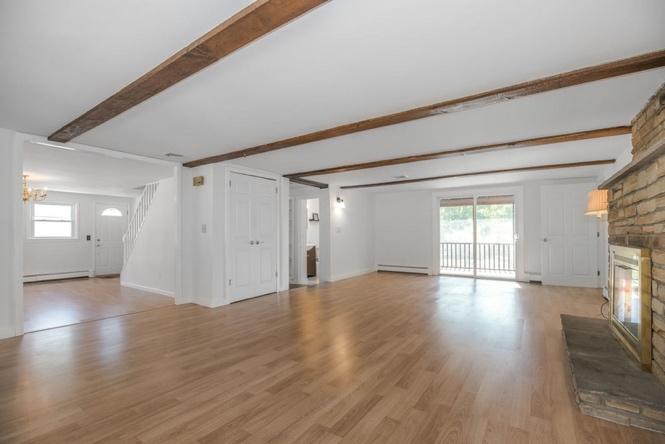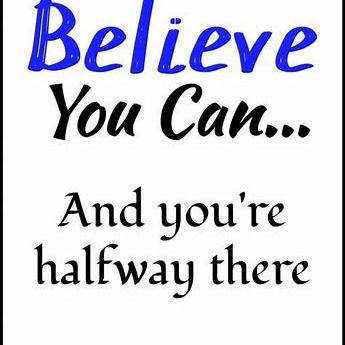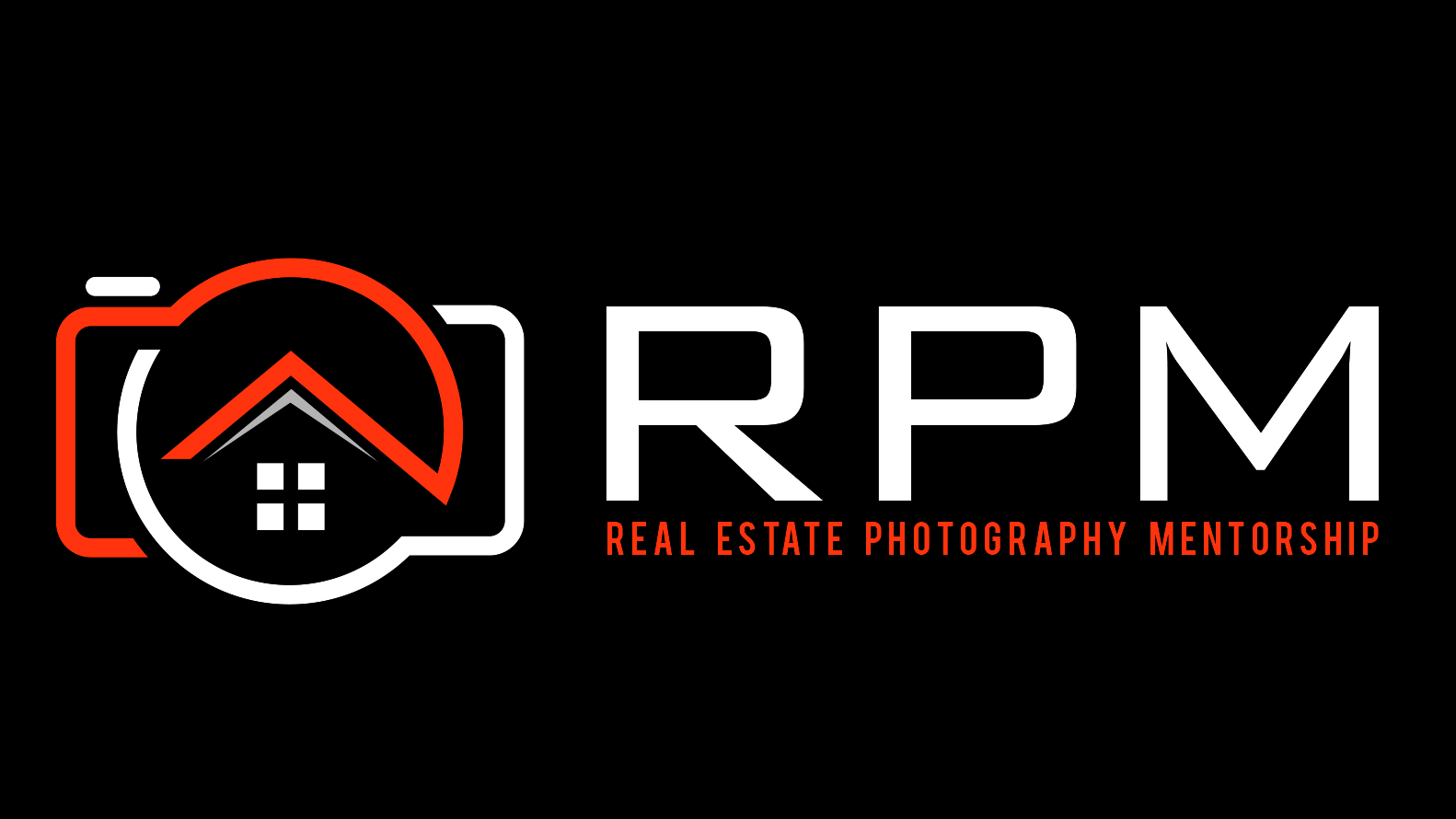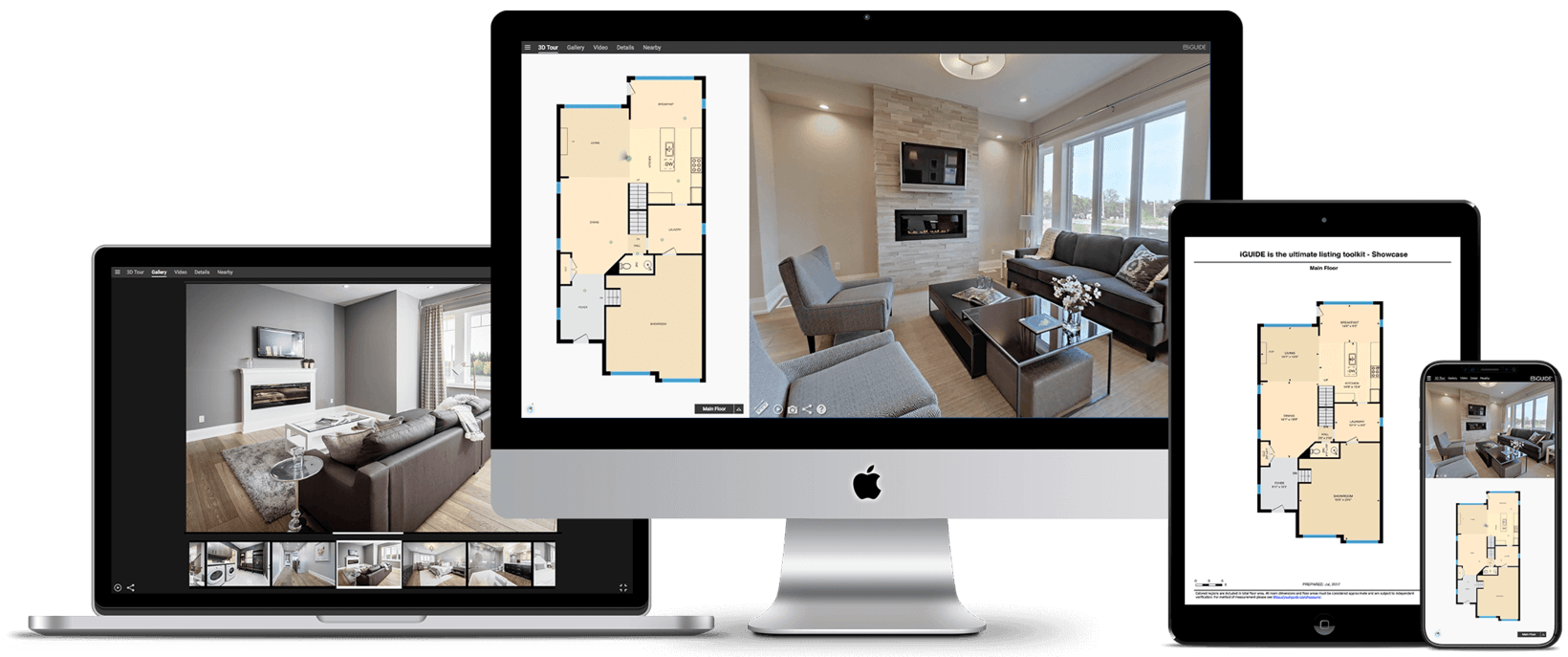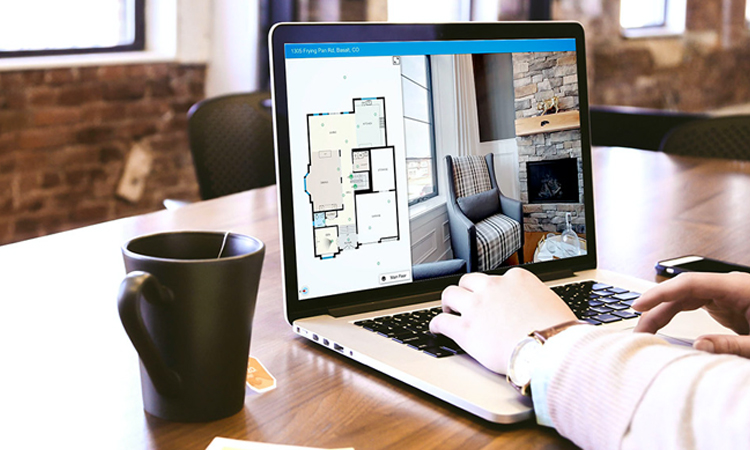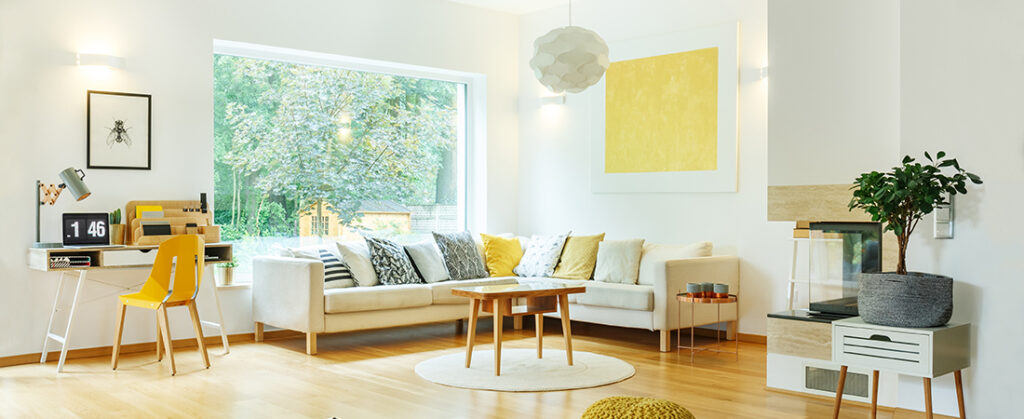
We’ve all seen those HGTV shows… the ones where the perky designers turn a total dump into a shiplap palace, complete with cozy furniture, crackling fire, and a tray of cupcakes on the counter. Recently, thanks to some Realtor friends who shall remain nameless, I have learned a few things about how those shows really work. Spoiler alert – they don’t get to keep the furniture. In fact, they don’t get to keep anything other than the house itself.
In Real Estate talk, those homes are staged, y’all. In the biz, staging means that furniture, art, rugs, and lamps have been added to make the empty house feel like a home. And you know what? It works.
According to the National Association of REALTORS, 83% of buyers’ agents say staging makes it easier for a buyer to visualize the property as a future home. Not only that, but one-quarter of buyer’s agents say that staging a home increases the dollar value offered between one and five percent, compared to other similar homes on the market that are not staged.
The downside of staging is that it can be pricey, with costs ranging in the hundreds or even thousands of dollars. Not to mention, you have to move the actual furniture in and out. Ugh. (Anyone else remembers the couch moving episode from Friends? PIVOT!)
But there is another option. Virtual staging has become a big business in recent years and has grown from cheap cut-and-paste jobs to gorgeous, realistic renderings that are highly appealing to buyers. Take this property, for example.
Click the arrow below to see a Before and After.
Tiffany Kjellander, of New Jersey-based Better Homes & Gardens Porchlight Properties, uses virtual staging whenever she lists a home. “Virtual staging is a big differentiator for me,” she says. “It’s an absolute must on every home I help to sell – no matter the price point. We’ve had clients even use virtual staging for foreclosures to help investors see the possible end result.”
According to Stacie Staub of West + Main homes in Denver, CO, “Virtual staging has made all of the difference for listings that we knew wouldn’t stay on the market long enough to make traditional staging worth the time or investment. This technology has come such a long way since the days of amateurish furniture photoshopped on top of vacant rooms.”
And it’s not just about marketing. Many buyers suffer from an acute lack of imagination when it comes to mentally moving into a home. Buyers are constantly asking, “where will my furniture go and how will I use this room?” (Random fact: some people are actually unable to picture things in their heads. Aphantasia is a real thing!)
“Virtual staging has had a huge impact on many of my listings, especially ones with really odd layouts,” says Katie Clancy of The Cape House at William Raevis Real Estate. “When a buyer can’t picture what to do with space, the virtual staging solves the problem. Once the buyer can visualize the potential function of a space, they are one step closer to making it theirs.”
One of the biggest draws of virtual staging? The price. It runs a fraction of the cost of actual staging and requires no actual lugging of couches or beds into or out of the home.
“Organizing and staging a home with furnishings and accessories isn’t always convenient or cost-effective,” Heather Elias, of LoCo Real Estate in Virginia says. “Virtual staging gives potential buyers a glimpse into how it would look with furniture and accessories, but without the time and financial investment of physically staging each space.”
As a cost-effective and easy way to make a buyer feel at home, one thing is for sure – virtual staging is definitely here to stay. There is one small downside, however. Just like on those HGTV shows, you don’t get to keep the furniture.



